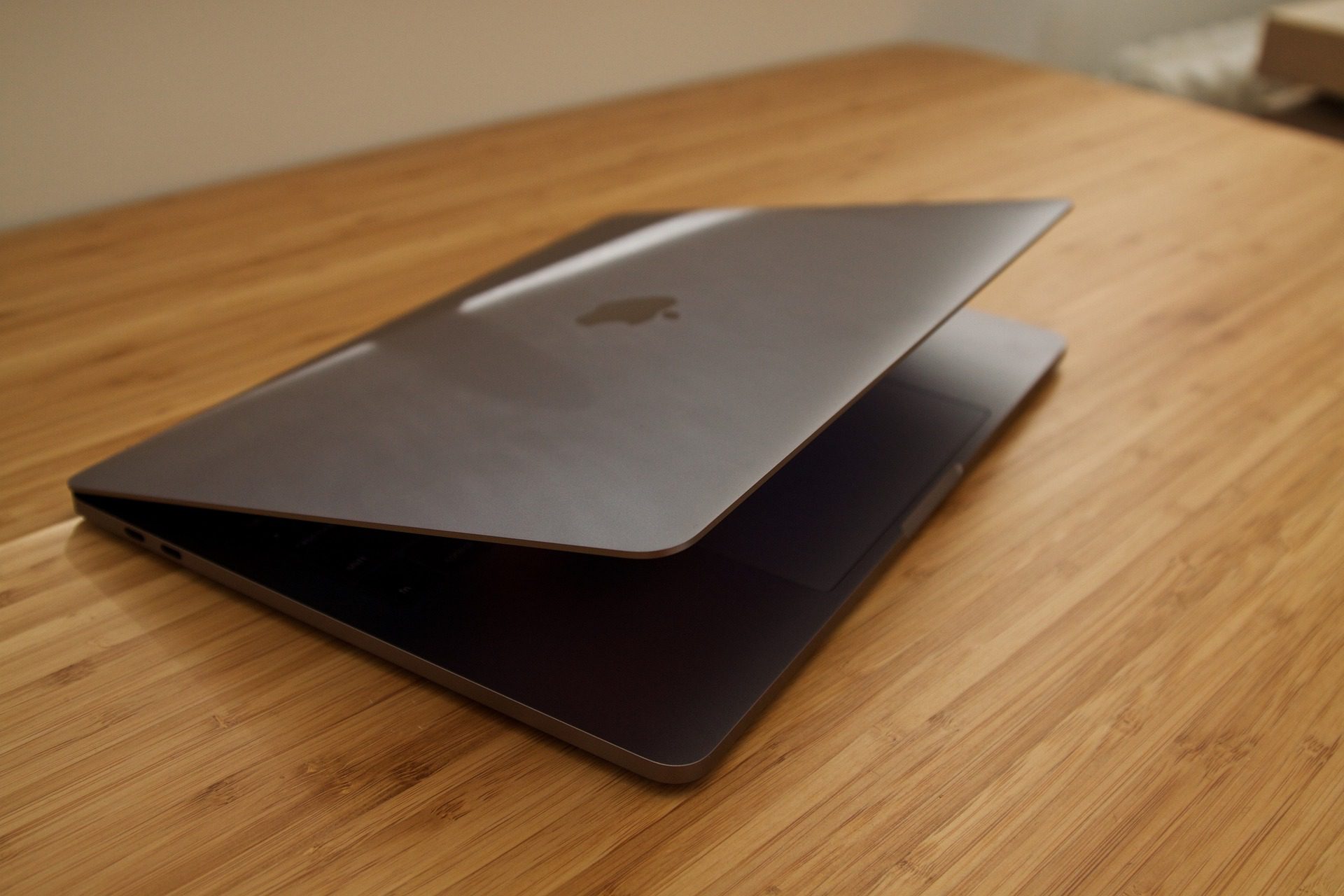The tech world is abuzz with Apple’s momentous shift from Intel processors to custom-designed ARM chips. This transition holds significant benefits and potential ramifications for the company and the entire computing landscape.

Cupertino, CA — Apple, a pioneer in the technology industry, has embarked on a groundbreaking journey: transitioning its Mac lineup from Intel processors to proprietary ARM-based chips. This strategic move, announced at the Worldwide Developers Conference (WWDC) in 2020, marks a significant departure from the status quo and has far-reaching implications for the company, its products, and the broader computing ecosystem.
Benefits of the Transition
-
Performance and Efficiency: ARM architecture, originally designed for mobile devices, offers a compelling combination of performance and energy efficiency. Apple’s custom-designed chips, like the M1, bring these advantages to the Mac lineup. This transition has unlocked new levels of speed and responsiveness, allowing for seamless multitasking, enhanced graphics, and longer battery life.
-
Integrated Ecosystem: The transition to ARM architecture enables a more harmonious and integrated ecosystem across Apple’s devices. With a unified architecture powering iPhones, iPads, and now Macs, developers can create applications that seamlessly run on different devices, streamlining the user experience and fostering innovation.
-
Customization and Control: Developing proprietary ARM-based chips affords Apple greater control over hardware and software integration. This control allows for tailored optimizations, resulting in performance gains and unique features that differentiate Apple’s products in the market.
-
Reduced Reliance on Third Parties: Shifting away from Intel processors reduces Apple’s reliance on external suppliers, providing the company with greater flexibility in terms of manufacturing timelines and product releases.
Implications for Software and Development
-
Compatibility and Transition Period: The shift to ARM architecture necessitates adjustments in software development. While Apple has introduced Rosetta 2, a translation tool that enables Intel-based apps to run on ARM-based Macs, developers are encouraged to optimize their applications for the new architecture. A transition period where both architectures coexist is expected.
-
Unified Development: With the ARM architecture powering all Apple devices, developers have a unique opportunity to create unified applications that seamlessly span across the entire ecosystem. This streamlined development process could lead to innovative cross-device experiences.
-
App Store Opportunities: Developers can harness the performance capabilities of ARM chips to create more resource-intensive apps and games. As ARM-based Macs gain traction, there’s potential for a new wave of applications that leverage the architecture’s strengths.
Challenges and Considerations
-
Legacy Software: The transition poses challenges for software that relies heavily on Intel architecture. Emulation through Rosetta 2 might lead to performance compromises for certain applications, prompting developers to adapt or re-engineer their software for optimal performance on ARM.
-
Developer Engagement: While many developers are excited about the transition, some might face hurdles in retooling their software for ARM architecture. Apple’s support and resources for developers will play a crucial role in ensuring a smooth transition.
Market Disruption and Industry Response
Apple’s move to ARM architecture could disrupt the traditional dynamics of the computing industry. Competitors may face increased pressure to develop similar proprietary architectures to maintain performance parity. Additionally, the shift could impact Intel’s dominance in the processor market, potentially prompting the company to innovate and adapt.
Conclusion
Apple’s transition to ARM architecture signals a seismic shift in the computing landscape. The benefits, including enhanced performance, energy efficiency, and integration across devices, are poised to reshape the way users interact with technology. However, challenges related to software compatibility and developer engagement must be navigated.
As Apple continues to roll out ARM-based Macs and refine its custom-designed chips, the tech industry will keenly observe the impact on competition, innovation, and user experience. With its history of transformative innovations, Apple’s journey into ARM architecture promises to be a pivotal chapter in the company’s legacy and the evolution of computing.